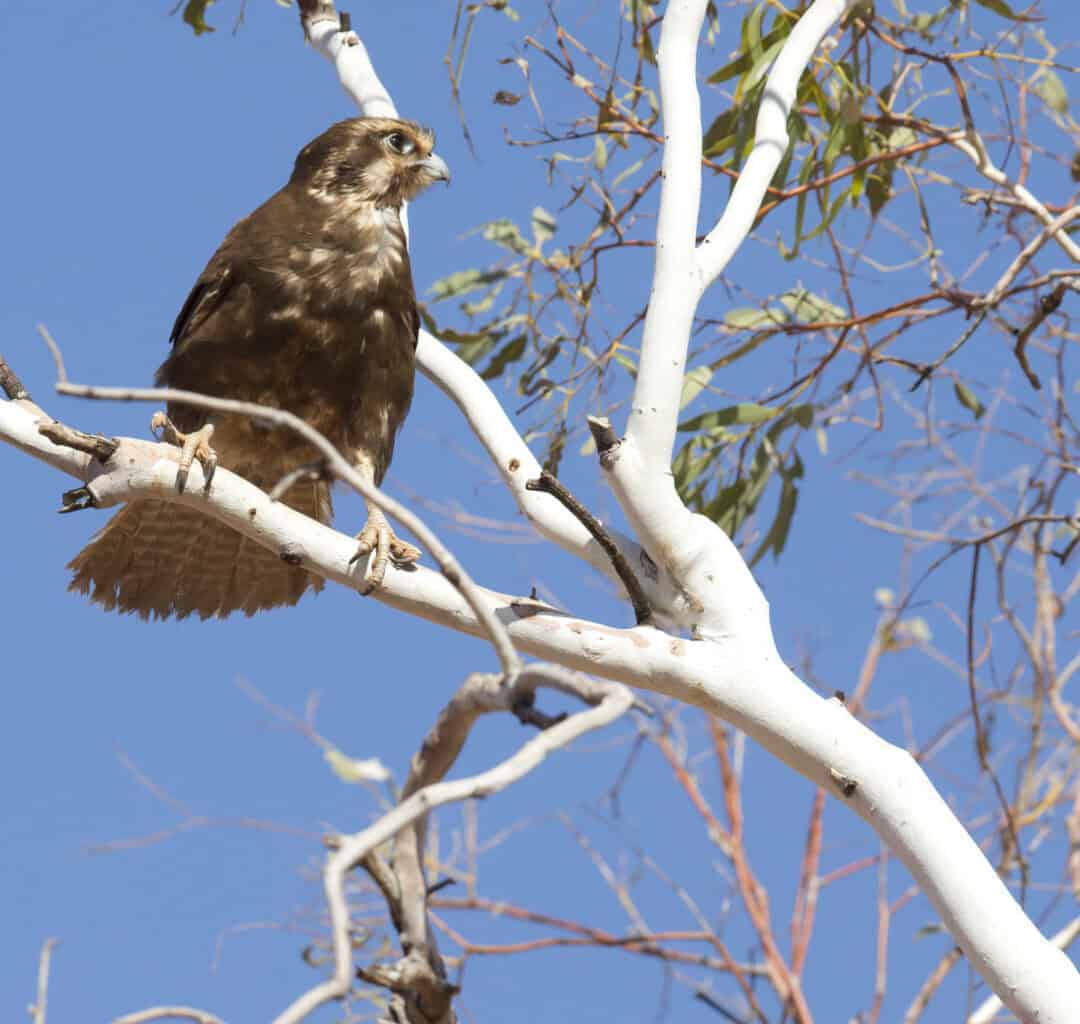Deep in the Australian outback, where wildfires are a natural and frequent occurrence, scientists have documented one of nature’s most startling phenomena: birds that deliberately spread fire. These avian arsonists—primarily black kites, whistling kites, and brown falcons—have been observed picking up burning sticks from existing fires and dropping them in unburnt areas, effectively becoming agents of fire propagation. This extraordinary behavior, long known to Indigenous Australians but only recently acknowledged by Western science, represents one of the most remarkable examples of tool use in non-human animals and raises fascinating questions about avian intelligence, ecological adaptation, and the evolutionary relationship between wildlife and fire.
The Fire-Spreading Raptors of Australia
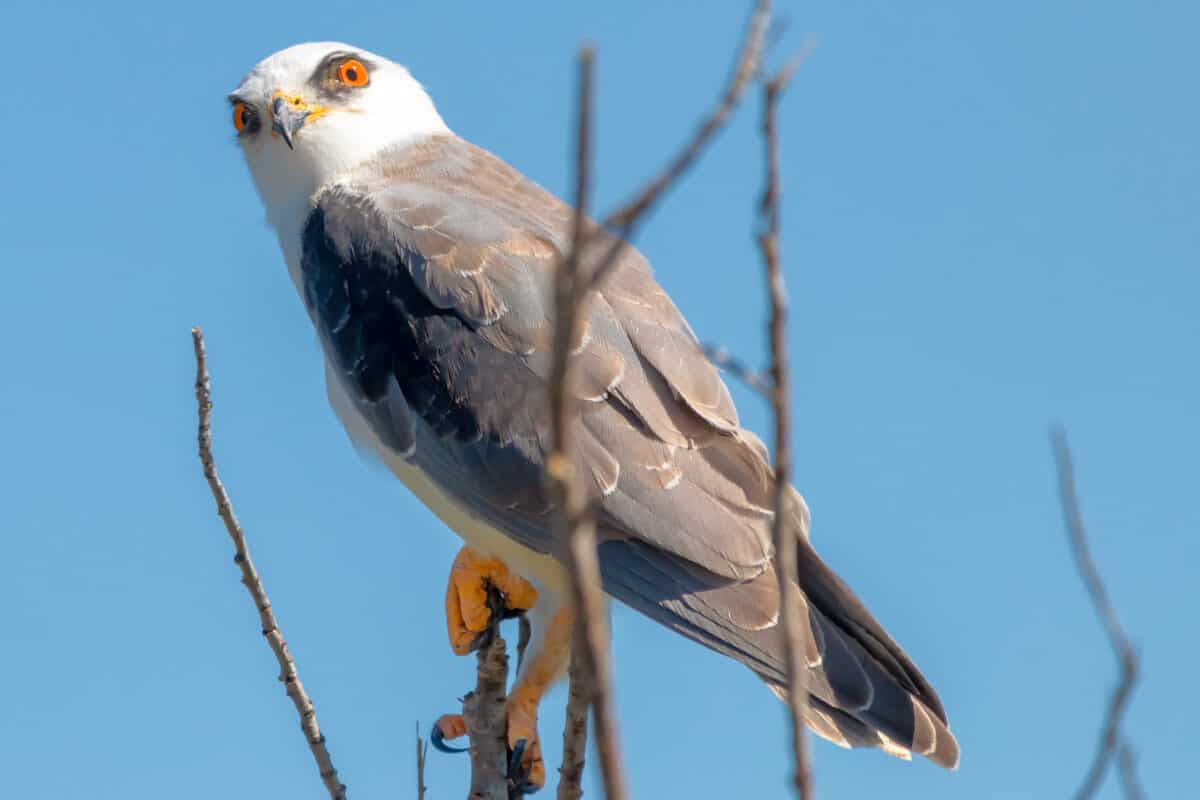
The primary birds engaged in fire-spreading behavior are three species of raptors native to Australia: the black kite (Milvus migrans), whistling kite (Haliastur sphenurus), and brown falcon (Falco berigora). Collectively, they have earned the nickname “firehawks” among researchers and Indigenous peoples. These medium-sized birds of prey are common across Australia’s northern savannas and grasslands, regions where seasonal fires are a natural part of the ecosystem. Black kites, with their distinctive forked tails, are perhaps the most frequently observed fire-spreaders, though all three species have been documented engaging in this remarkable behavior. Unlike accidental fire spread, these birds appear to intentionally transport burning material to expand existing fires.
Indigenous Knowledge and Western Science
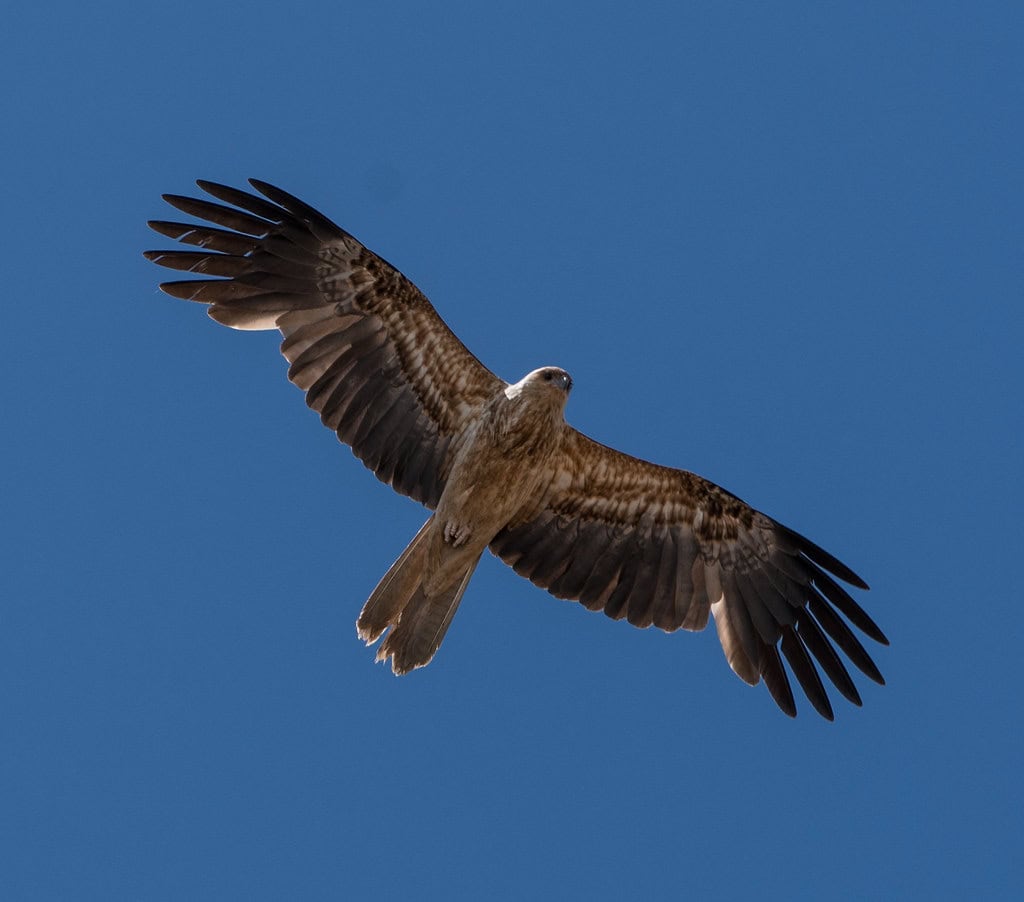
For thousands of years, Aboriginal Australians have known about and incorporated the fire-spreading behavior of these raptors into their cultural understanding of the landscape. The birds’ role as fire-bringers appears in numerous Aboriginal creation stories, ceremonies, and ecological knowledge systems across northern Australia. However, Western science was slow to acknowledge this phenomenon, often dismissing Indigenous accounts as mere folklore or misinterpretation. It wasn’t until 2017 that a comprehensive study published in the Journal of Ethnobiology brought together Aboriginal traditional knowledge with scientific observation to confirm what Indigenous Australians had always known: these birds intentionally spread fire. This case highlights the importance of traditional ecological knowledge and the value of integrating Indigenous perspectives into scientific research.
How Firehawks Spread Flames
The fire-spreading behavior follows a relatively consistent pattern. When a wildfire begins, either naturally from lightning strikes or from human activity, the firehawks gather along the fire front, sometimes in groups of hundreds. They then swoop down to capture smoldering sticks or embers in their beaks or talons. With these burning implements secured, they fly up to 0.6 miles (1 kilometer) away from the original fire and drop the burning material into unburnt areas of grass or brush. This creates new ignition points, effectively expanding the fire’s reach. Researchers have documented individual birds making multiple trips between the main fire and new locations, systematically spreading the flames across the landscape. The birds appear highly adept at handling fire, rarely injuring themselves in the process despite manipulating actively burning materials.
Hunting Advantages of Fire-spreading
The primary motivation for this seemingly destructive behavior appears to be hunting opportunity. As fires move through grasslands and scrub, they flush out countless small animals—insects, lizards, snakes, rodents, and small mammals—that normally remain hidden in vegetation. These fleeing creatures become easy targets for the raptors, which swoop down to capture them as they escape the advancing flames. By deliberately spreading fire to new areas, the birds create additional hunting grounds. Researchers have observed firehawks working cooperatively during these hunting sessions, with some birds spreading fire while others position themselves strategically to catch fleeing prey. This behavior represents a sophisticated form of cooperative hunting rarely seen in birds of prey, which typically hunt alone or in pairs rather than coordinated groups.
Cognitive Abilities Behind Fire Manipulation
The intentional spreading of fire suggests remarkable cognitive abilities in these birds. To successfully employ this strategy, firehawks must understand several complex relationships: that fire drives out prey, that fire can be transported, and that dropped embers can create new fires. They must also judge wind conditions, select appropriate burning material, and handle fire without injuring themselves. This level of causal understanding and tool use ranks among the most sophisticated cognitive behaviors observed in birds. While corvids (crows and ravens) are often celebrated for their intelligence and tool use, these Australian raptors demonstrate that advanced problem-solving and environmental manipulation extend to other avian families as well. Some researchers suggest this behavior may have evolved over thousands of years of interaction with natural fires and, more recently, with Aboriginal fire management practices.
Ecological Impact of Avian Fire-spreading

The ecological implications of birds spreading fire are significant and complex. By extending the reach of existing fires, firehawks may increase the total area burned during a fire season. However, this behavior likely predates human presence in Australia and has become integrated into the continent’s fire ecology. Many Australian ecosystems are fire-adapted, with numerous plant species that require periodic burning for seed germination or regeneration. The patchwork of burns created partly through avian fire-spreading may actually contribute to habitat diversity and reduce the risk of catastrophic, landscape-scale fires by creating natural firebreaks. Some ecologists suggest that the birds’ activities could be viewed as a form of natural fire management that has co-evolved with Australia’s unique flora and fauna over millions of years.
Cultural Significance in Aboriginal Traditions

The fire-spreading birds hold deep cultural significance for many Aboriginal Australian communities. In various Indigenous traditions, these birds are connected to the acquisition of fire by humans and feature prominently in creation stories and cultural lore. In some narratives, fire was originally the exclusive domain of these birds before being shared with or stolen by ancestral human figures. The Alawa people of the Northern Territory refer to the black kite as “Karrkkanj” and attribute to it special knowledge of fire. For the Yolngu people, the brown falcon is “Kartawk” and plays a role in ceremonial fire practices. These cultural understandings reflect thousands of years of close observation of the natural world and highlight how Indigenous knowledge systems often incorporate sophisticated ecological relationships that Western science has only recently begun to recognize.
Research Challenges and Controversies
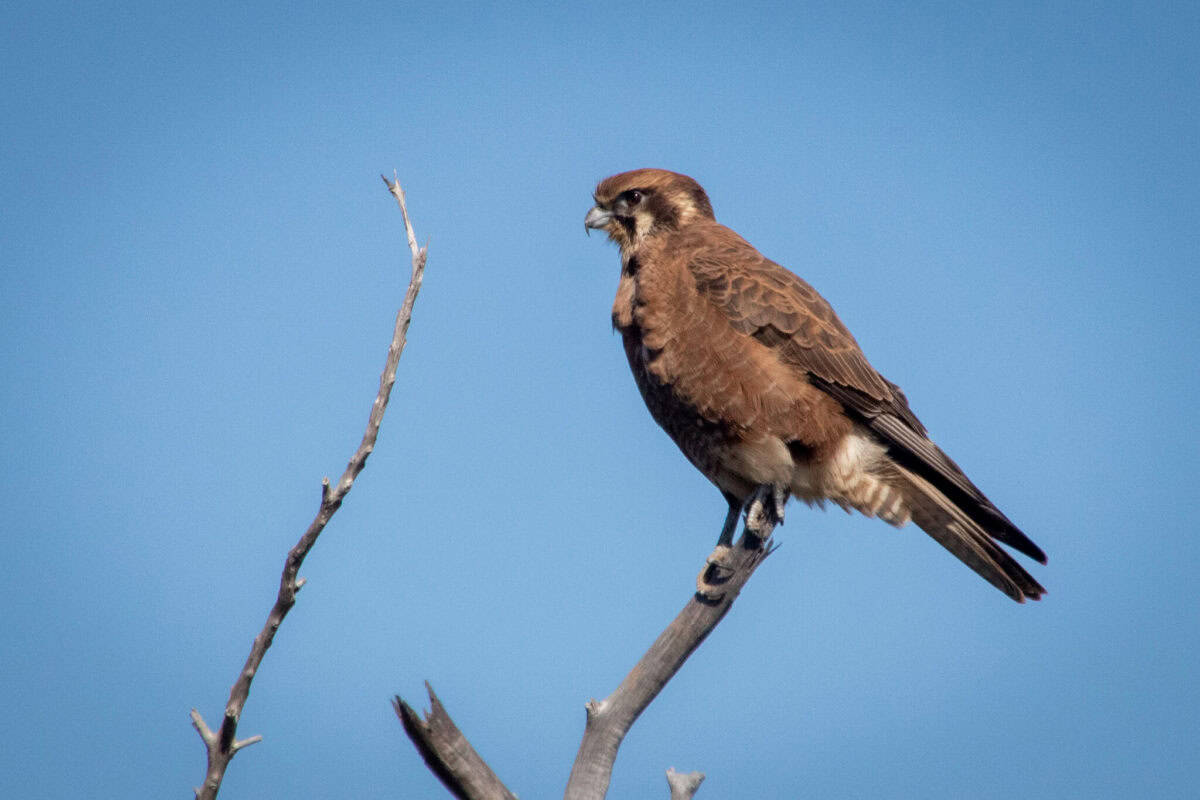
Studying fire-spreading behavior in wild birds presents numerous challenges. Wildfires are inherently dangerous research environments, making controlled observation difficult. Additionally, the behavior doesn’t occur with every fire or in all regions, making it hard to predict when and where it can be documented. Some skeptics in the scientific community have questioned whether the birds’ actions are truly intentional or merely accidental—perhaps the result of birds dropping prey they’ve caught near fires or accidentally dislodging burning material while hunting. However, the systematic nature of the behavior, combined with Aboriginal testimony spanning many generations and regions, strongly suggests intentionality. Recent research using drones and remote cameras has provided more definitive evidence, capturing clear footage of birds deliberately picking up and transporting burning sticks.
Global Perspective: Are There Fire-Spreading Birds Elsewhere?
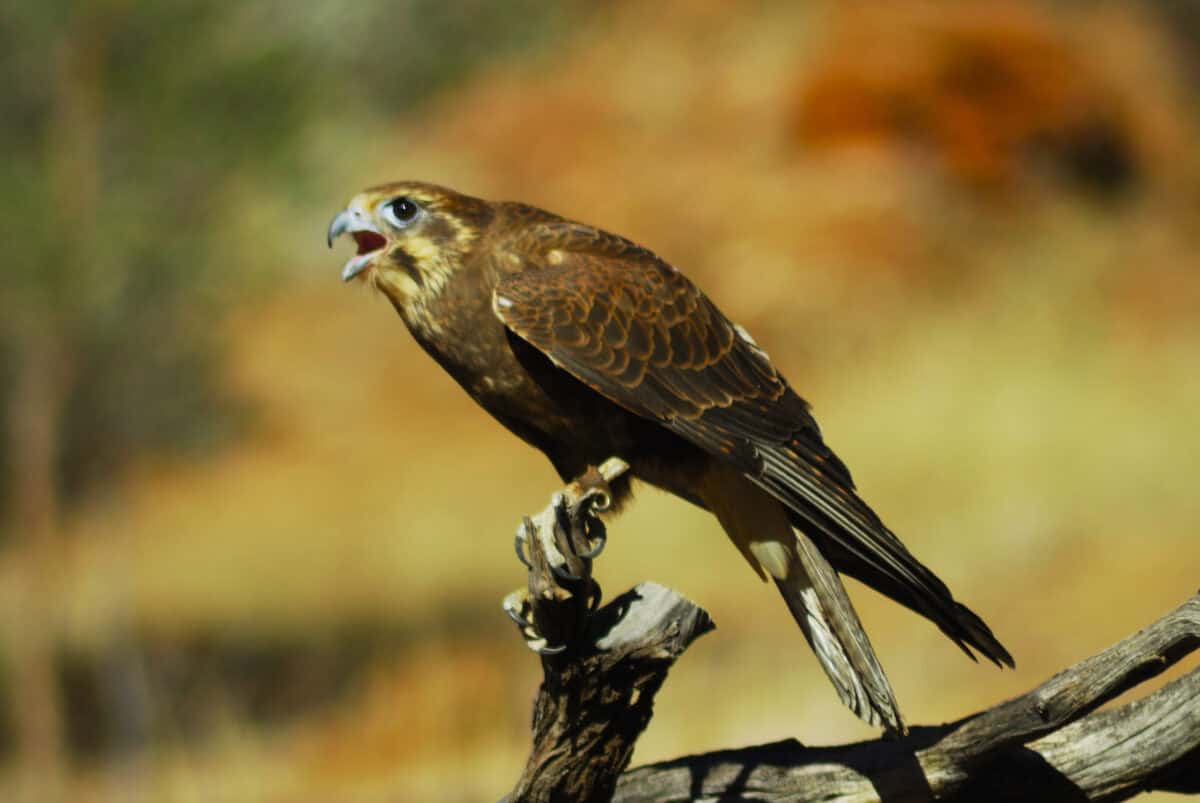
While the most comprehensive documentation of intentional fire-spreading comes from Australia’s northern territories, there are tantalizing hints that similar behavior might occur elsewhere. Some reports from parts of Africa and the Americas suggest that certain raptor species may opportunistically spread fire, though these accounts lack the systematic documentation that exists for Australian firehawks. In the African savanna, black kites—the same species found in Australia—have been observed hunting around fires, though clear evidence of deliberate fire-spreading remains elusive. Similarly, in the fire-prone regions of the American West, there are occasional anecdotal reports of hawks or eagles moving burning material, but scientific confirmation is lacking. The question of whether fire-spreading is unique to Australian raptors or represents a more widespread adaptation remains an exciting area for future research.
Evolution of Fire Manipulation

The evolution of fire-spreading behavior raises fascinating questions about the relationship between animals and fire. Australia has experienced regular fires for millions of years, giving native species ample time to adapt to and even exploit this ecological force. The firehawks’ behavior may have evolved gradually, perhaps beginning with birds simply hunting near natural fires, then learning to follow Aboriginal fire management practices, and eventually developing the capacity to spread fire themselves. Some researchers speculate that the behavior may have intensified after Aboriginal peoples began using controlled burning for land management at least 65,000 years ago, creating more predictable fire patterns that birds could exploit. This would represent a rare case of animal behavior co-evolving with human cultural practices, similar to how some animals have adapted to agriculture or urban environments.
Implications for Fire Management

The fire-spreading behavior of these raptors has practical implications for wildfire management in Australia. Fire planners must consider that containment efforts might be complicated by birds actively carrying fire beyond control lines. During the intense 2019-2020 Australian bushfire season, there were several reports of backburning operations—where firefighters create controlled burns to create firebreaks—being compromised by firehawks spreading embers beyond the intended boundaries. Yet there may also be opportunities to learn from these avian fire managers. The birds’ tendency to create smaller, patchy burns might inspire more nuanced approaches to prescribed burning that mimic natural patterns. Some fire ecologists suggest that understanding how and where birds spread fire could inform more effective fire management strategies, particularly in Australia’s northern savannas where prescribed burning is already widely practiced.
Adaptations for Fire Interaction

To handle burning materials safely, firehawks must possess specialized adaptations. Their feet and beaks appear to have greater heat resistance than those of other birds, allowing them to briefly grasp smoldering sticks without injury. They’ve also developed behavioral adaptations, such as carrying burning material for just short distances and preferentially selecting sticks that are smoking rather than actively flaming. Observations suggest they’r
e remarkably adept at judging wind conditions, typically spreading fire downwind to ensure it propagates effectively while minimizing risk to themselves. While these birds don’t possess truly fireproof features (they can certainly be harmed by intense flames), they have developed sufficient physical and behavioral adaptations to manipulate fire for their benefit. Some researchers speculate that over thousands of generations, natural selection may have favored individuals with greater heat tolerance and fire-handling abilities.
Conclusion: Nature’s Unexpected Firestarters

The fire-spreading behavior of Australia’s firehawks represents one of nature’s most remarkable examples of tool use and environmental manipulation. By intentionally transporting fire to create new hunting opportunities, these birds demonstrate sophisticated problem-solving abilities and challenge our understanding of avian cognition. Their behavior, long known to Aboriginal Australians but only recently acknowledged by Western science, highlights the value of Indigenous knowledge and the importance of integrating traditional ecological perspectives into scientific research. As climate change increases fire frequency and intensity across Australia and other regions, understanding the complex relationship between wildlife and fire becomes increasingly important. The firehawks remind us that humans are not the only species to harness fire for their benefit—in the ancient savannas of northern Australia, certain birds have been fire managers for countless generations, shaping ecosystems in ways we are only beginning to understand.
- Urban Growth Is Draining U.S. Waterways - August 18, 2025
- Wombats Dig Tunnels Like Engineers - August 18, 2025
- This Bird Sets Forests on Fire - August 17, 2025

